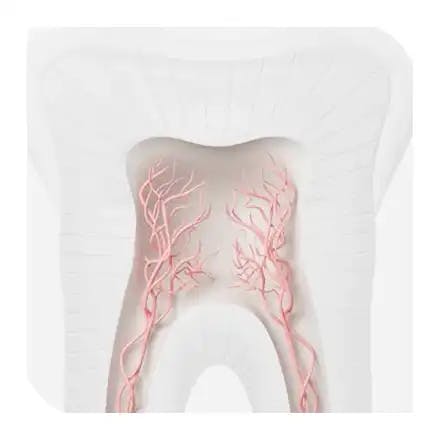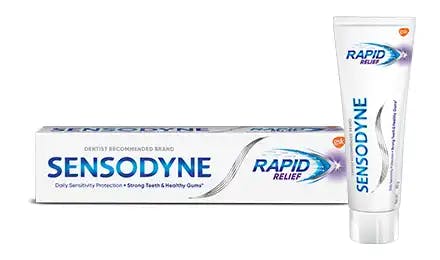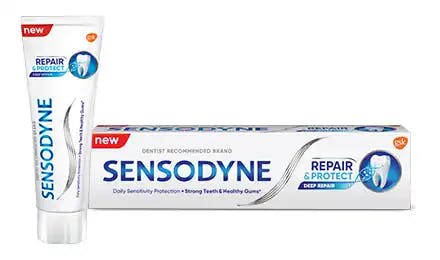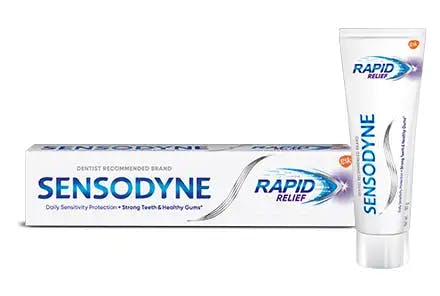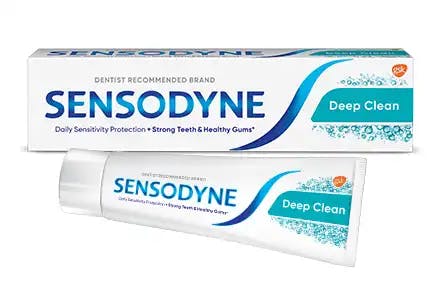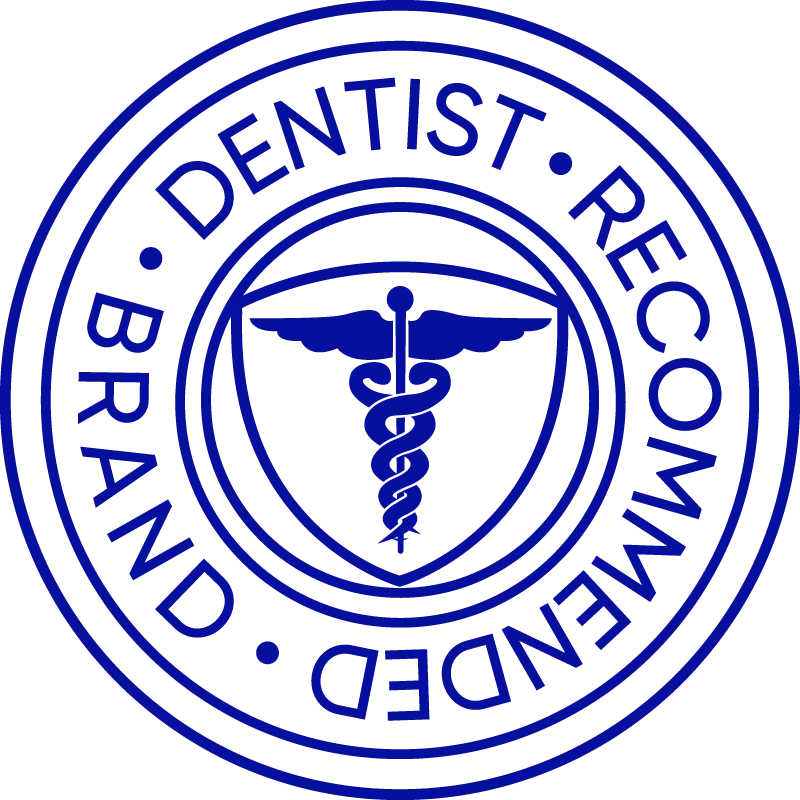About Acid Erosion
What is Acid Erosion
Acid erosion is common, yet, many people are unaware of the effect it can have on their teeth.
Acid erosion is an oral health concern that continues to grow in prevalence. Acid erosion (also known as erosive tooth wear, enamel erosion or tooth erosion) is the process that can lead to the irreversible loss of precious tooth enamel (the tooth’s hard surface layer).

Acid erosion is primarily caused by acids contained in many everyday acidic foods and drinks, including some healthy choices like fruits and juices. When acid comes into contact with teeth, the hard enamel surface can temporarily soften, leaving it more vulnerable to damage from contact with other surfaces such as other teeth and a toothbrush.
Brushing too hard can speed up wear caused by the acids contained in food and drink. This is particularly important in the minutes after eating or drinking acidic foods when enamel is most susceptible to damage. Other causes can be regular use of acidic medication or gastric reflux.
Protecting your teeth from acid erosion begins by understanding exactly what is acid erosion, what causes it, how it differs from cavities and what you can do to prevent it.
The Effects of Acid Erosion
We may not be able to see the effects of acid erosion ourselves in the early stages, but dental professionals can check for the early signs when they’re checking for tooth decay or gum disease.
Even if our teeth look healthy today, acids in everyday food and drink can still cause enamel wear to develop over time. Here’s a list of what tooth enamel erosion looks like:
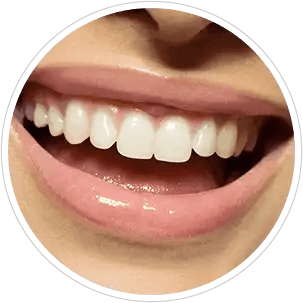
1. Yellowing
If significant amounts of enamel are worn away from the body of the tooth, the slightly yellow dentine layer underneath can become more visible.
2. Dull or Discoloured
As the enamel wears away, our teeth may lose their shine, making them appear dull.
3. Translucent or See-Through
As more enamel wears away, tips of teeth, particularly front teeth can appear translucent.
4. Sensitivity
As the protective enamel wears away, the underlying dentine layer can become exposed. This can result in tooth sensitivity.
5. Rounded edges
The edges of your teeth are the most exposed to acid erosion.
Fortunately, it’s easy to take action to reduce these risks. It is important to check your diet, protect and strengthen your teeth, and help stop acid erosion from getting any worse. To find out more, read our section on how to protect against acid erosion.
The Causes of Acid Erosion
Having an acid-rich diet can put our teeth at risk of acid erosion and this can happen more easily than you might expect. As few as four acidic food or drink intake "occasions" throughout the day can put our enamel at risk from acid erosion.
What counts toward those daily acidic "occasions"? Surprisingly, it includes some of our healthier choices like fruit and fruit juices.

How acidic are your favourite foods and drinks?
Knowing how acidic foods and drinks are can also help you protect your teeth from the effects of acid erosion. Are apples more acidic than soda? Find out which of your favourite foods are more acidic than others in the chart to the right.
What is pH and how is it measured?
For chemists and scientists, pH is a scale between 1-14 on how acidic (pH < 7) or alkaline (pH > 7) something is. For people concerned about an acidic diet and acid erosion, the most important thing to know is this: the lower the pH number, the more acidic a food or drink is, and the more frequently it is consumed, the more harmful it may be to your tooth enamel.
For example, distilled water has a neutral pH of 7, while tomato juice might have a pH of 4 and lemon juice might have a pH of 2 - making the lemon juice the most acidic of the three.
Knowing the pH value of the foods we eat and the beverages we drink helps us have a clearer picture of how acidic our diet really is. And knowing the acidity of our diet is an important step in making sure we protect our tooth enamel from acid erosion. The rule of thumb is the lower the pH, the higher the acidity and therefore the higher the risk it may cause acid erosion.
Acid Erosion vs Cavities
Acid erosion and cavities are not the same—but they can both be harmful to teeth. Here are some of the main differences between cavities and acid erosion:

Acid Erosion
- Acid erosion occurs across the whole tooth surface that has been exposed to acid.
- It is the result of the acids (either from food, drinks or the stomach) on the surface of tooth enamel.
- Acidic softening can weaken enamel over time, making it more susceptible to sensitivity.
- Even if your teeth are clean and healthy, you can still experience acid erosion.
Cavities
- Cavities are generally localised to specific hard-to-clean areas of the teeth.
- They form when foods with sugar or starches are turned into acids by the bacteria covering tooth surfaces: dental plaque.
- Bacteria bind to saliva components bound to tooth surfaces to form plaque, which clings to teeth.
- Over time, the acids produced by bacteria in plaque can cause the enamel to break down and a cavity to form, requiring filling by a dentist.
Tooth enamel is irreplaceable, so acid erosion presents a risk to your oral health. Since, in its early stages, it is not easily detectable to the naked eye, only a dentist can properly assess the effects of acid erosion on your tooth enamel.
Over time, acid erosion can lead to reduced enamel thickness and a change in shape, texture and appearance of your teeth and can also cause teeth to become sensitive.
Consult your dentist about acid erosion and what steps you can take to protect your enamel.
How to protect against Acid Erosion
Acid erosion happens when acids present in certain foods and drinks weaken the enamel surfaces of your teeth.
Your body cannot replace this enamel so it is important to know how you can care for it and protect it against acid erosion.
Here are some very simple steps we can all take to protect our enamel from acidic foods and drinks:

1. Consult a Dentist
Make an appointment to see your dentist.
2. Eat Smart
There’s no need to give up acidic foods in your diet -particularly fruit. But take a fresh look at when, how often and how you eat it. If you’re eating something acidic, have cheese, milk, or another non-acidic food or drink with it. Try not to take frequent snacks.
3. Use a Reusable Straw
Use a reusable straw when consuming acidic drinks and don't swill them around or hold them in your mouth. Try not to brush your teeth immediately after eating or drinking and make sure you’re using a soft-bristled brush.
